13 Surprising Ways Environmental Toxins (Like Microplastics) Are Affecting Your Health
In recent decades, the proliferation of environmental toxins has become a pressing concern for both human health and ecological balance. From the microscopic fragments of plastics that infiltrate our oceans to the ubiquitous chemicals found in household products, these substances pose significant risks that are often underestimated. This comprehensive exploration delves into the multifaceted impacts of these toxins, revealing the intricate ways they disrupt ecosystems and human well-being. By understanding the origins, pathways, and effects of these toxins, we can better appreciate the urgency of addressing them. This article will guide you through the astonishing impacts of environmental toxins, highlighting their pervasive presence and the dire need for informed action. Let's get started!
1. Microplastics: The Invisible Invaders
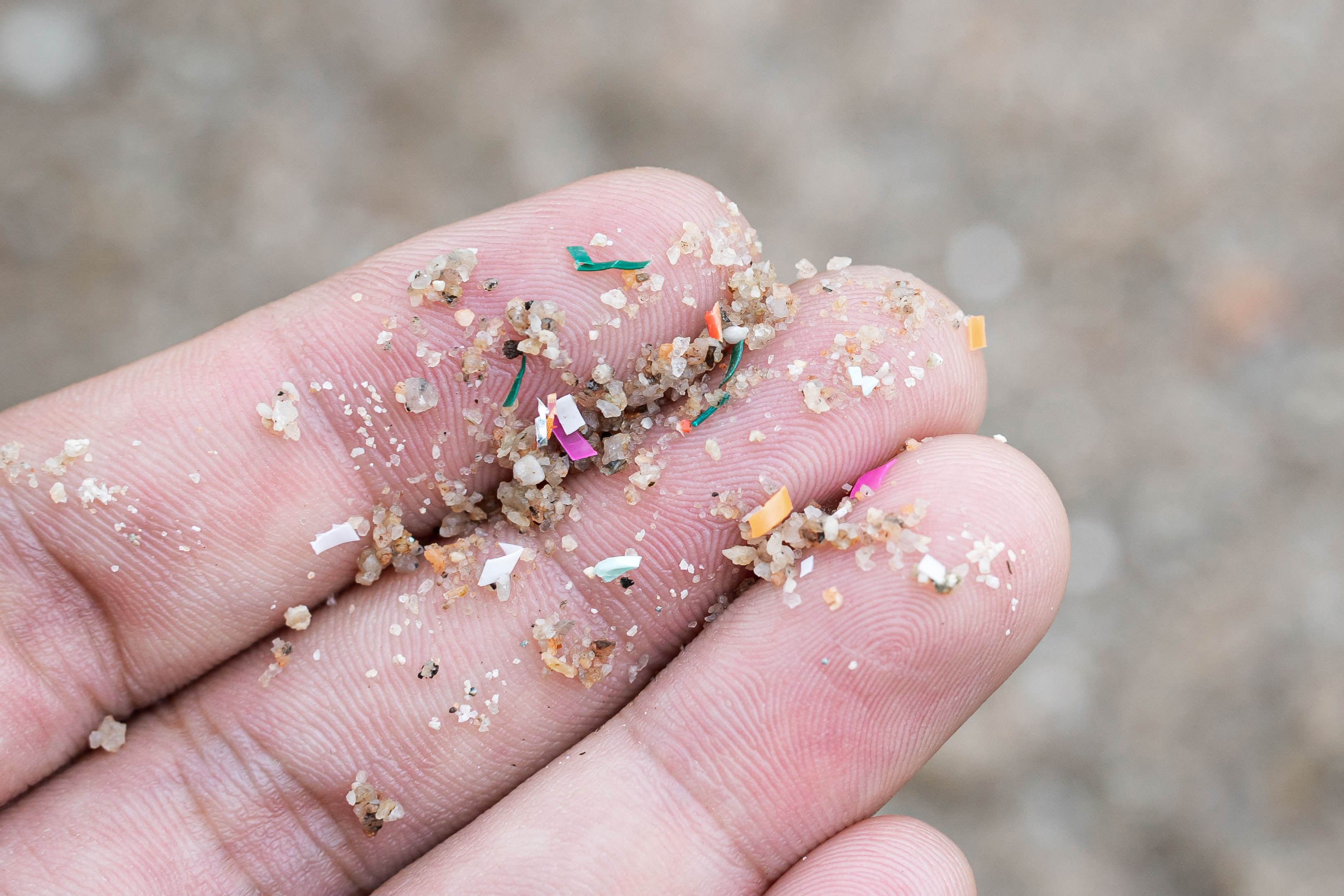
Microplastics, tiny plastic particles less than five millimeters in size, have become pervasive in our environment. These particles originate from larger plastic debris that degrades over time and from microbeads used in personal care products. Once released, they infiltrate waterways, soil, and even the air we breathe. The ecological consequences are profound; marine organisms ingest microplastics, mistaking them for food, leading to physical harm and chemical exposure. This ingestion not only affects individual species but also disrupts entire food chains. For humans, microplastics have been found in drinking water and food, raising concerns about potential health effects, including endocrine disruption and inflammation.
2. Everyday Chemicals: Silent Threats in Our Homes

Household products, from cleaning agents to personal care items, often contain chemicals that pose hidden health risks. Common culprits include phthalates, parabens, and formaldehyde, which are used to enhance product performance but can have adverse effects on human health. These chemicals are linked to a range of issues, from skin irritation to more severe conditions like hormonal imbalances and respiratory problems. The pervasive use of these chemicals means that exposure is almost unavoidable, making it crucial for consumers to be aware and make informed choices. Understanding the labels and opting for natural or certified non-toxic products can significantly reduce exposure.
3. The Journey of Toxins: From Source to Impact
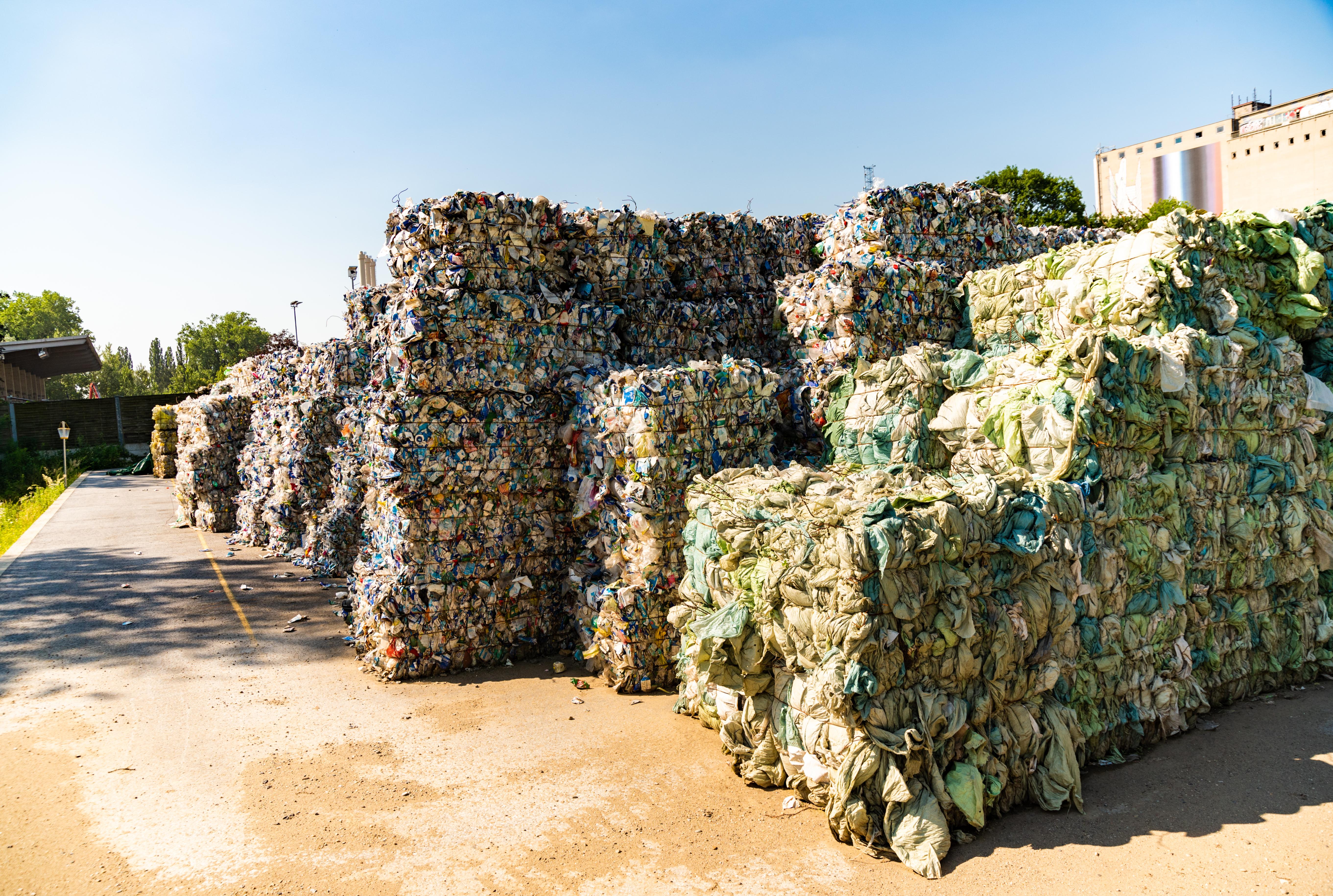
Environmental toxins follow intricate pathways from their sources to their final destinations, impacting various ecosystems along the way. Industrial activities, agricultural practices, and improper waste disposal are primary sources of these toxins. Once released, they travel through air, water, and soil, often crossing geographical boundaries. This journey not only affects local ecosystems but also has global implications, as toxins accumulate in the polar regions and deep oceans. The bioaccumulation and biomagnification of these toxins in food chains highlight the interconnectedness of ecosystems and the far-reaching impacts of human activities.
4. Marine Ecosystems: Under Siege by Toxins
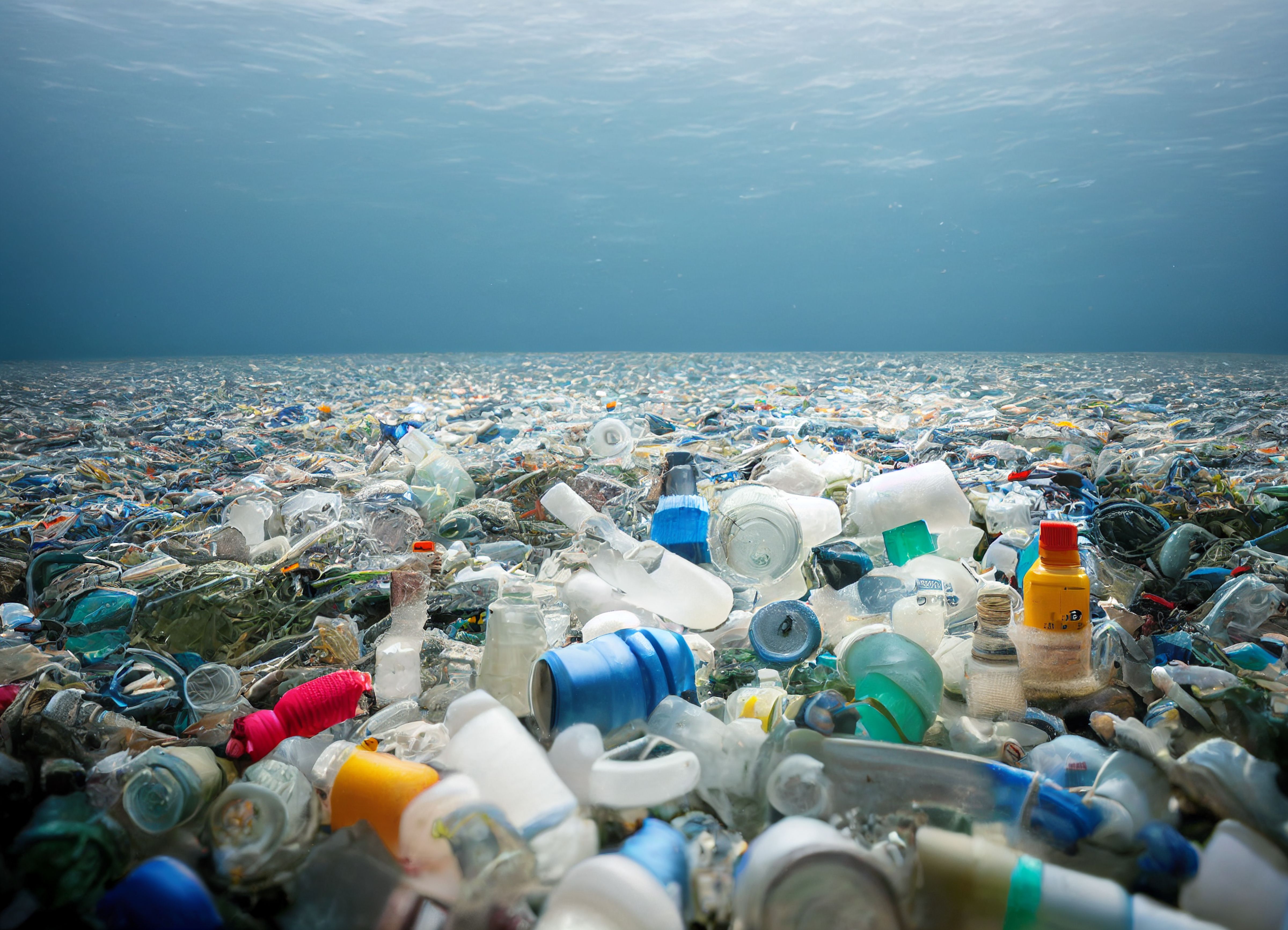
Marine ecosystems are particularly vulnerable to environmental toxins, with microplastics and chemical pollutants posing significant threats. These toxins disrupt the delicate balance of marine life, affecting biodiversity and ecosystem services. Coral reefs, often referred to as the rainforests of the sea, are especially sensitive to chemical pollutants, which can lead to coral bleaching and death. The decline of coral reefs has cascading effects on marine biodiversity, affecting species that rely on them for habitat and food. Moreover, the contamination of seafood with toxins like mercury and microplastics raises concerns about food safety and human health.
5. Terrestrial Ecosystems: The Silent Sufferers

Terrestrial ecosystems are not immune to the impacts of environmental toxins. Agricultural chemicals, such as pesticides and fertilizers, are significant contributors to soil and water contamination. These substances can alter soil composition, affecting plant growth and soil biodiversity. Pollinators, crucial for the reproduction of many plant species, are also at risk from pesticide exposure, leading to declines in their populations. This decline has dire implications for food security and ecosystem health. Additionally, the accumulation of toxins in terrestrial food chains poses risks to wildlife, leading to reproductive and developmental issues.
6. Human Health: The Unseen Consequences

The health impacts of environmental toxins on humans are both diverse and profound. Chronic exposure to low levels of toxins can lead to a range of health issues, including respiratory problems, neurological disorders, and cancers. Vulnerable populations, such as children and pregnant women, are particularly at risk, as toxins can interfere with development and lead to long-term health problems. The burden of disease linked to environmental toxins underscores the need for stringent regulations and public awareness. By understanding the sources and effects of these toxins, individuals can take proactive steps to minimize exposure and protect their health.
7. Endocrine Disruptors: A Growing Concern

Endocrine disruptors, chemicals that interfere with hormone systems, are a significant concern due to their potential health impacts. These substances are found in a variety of products, including plastics, cosmetics, and pesticides. Exposure to endocrine disruptors can lead to reproductive issues, developmental problems, and increased risk of certain cancers. The subtle yet profound effects of these chemicals on hormone regulation highlight the need for further research and regulation. Consumers can reduce exposure by choosing products free from known endocrine disruptors and supporting policies that limit their use in consumer goods.
8. The Role of Policy and Regulation
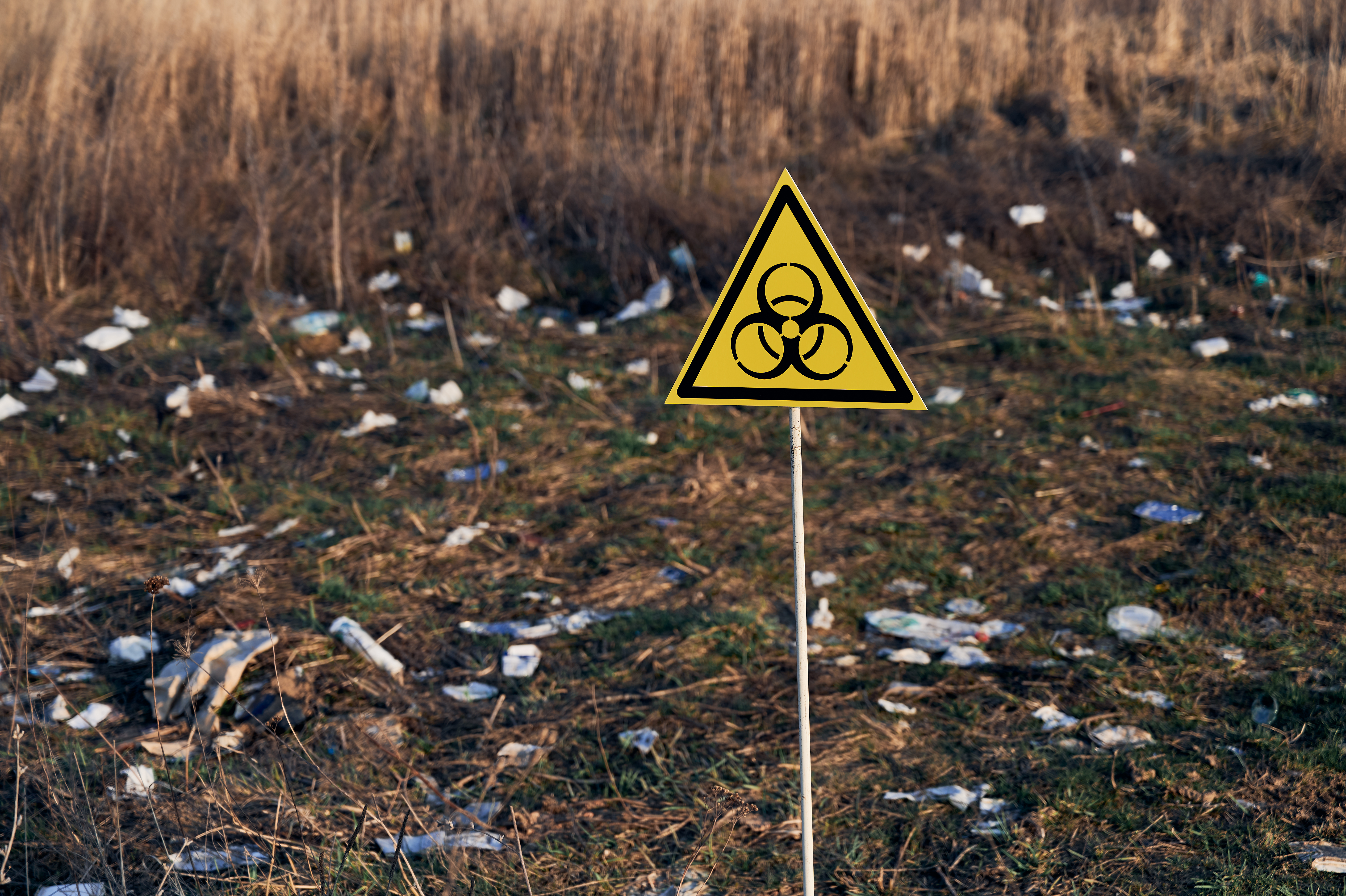
Effective policy and regulation are critical in addressing the challenges posed by environmental toxins. Governments play a crucial role in setting safety standards, monitoring pollution levels, and enforcing compliance. International agreements, such as the Stockholm Convention on Persistent Organic Pollutants, aim to reduce the global impact of hazardous chemicals. However, the complexity and persistence of many toxins require ongoing research and adaptive management. Public awareness and advocacy are essential in driving policy changes and ensuring that environmental health remains a priority. Collaborative efforts between governments, industries, and communities are vital for creating sustainable solutions.
9. Technological Innovations: A Ray of Hope
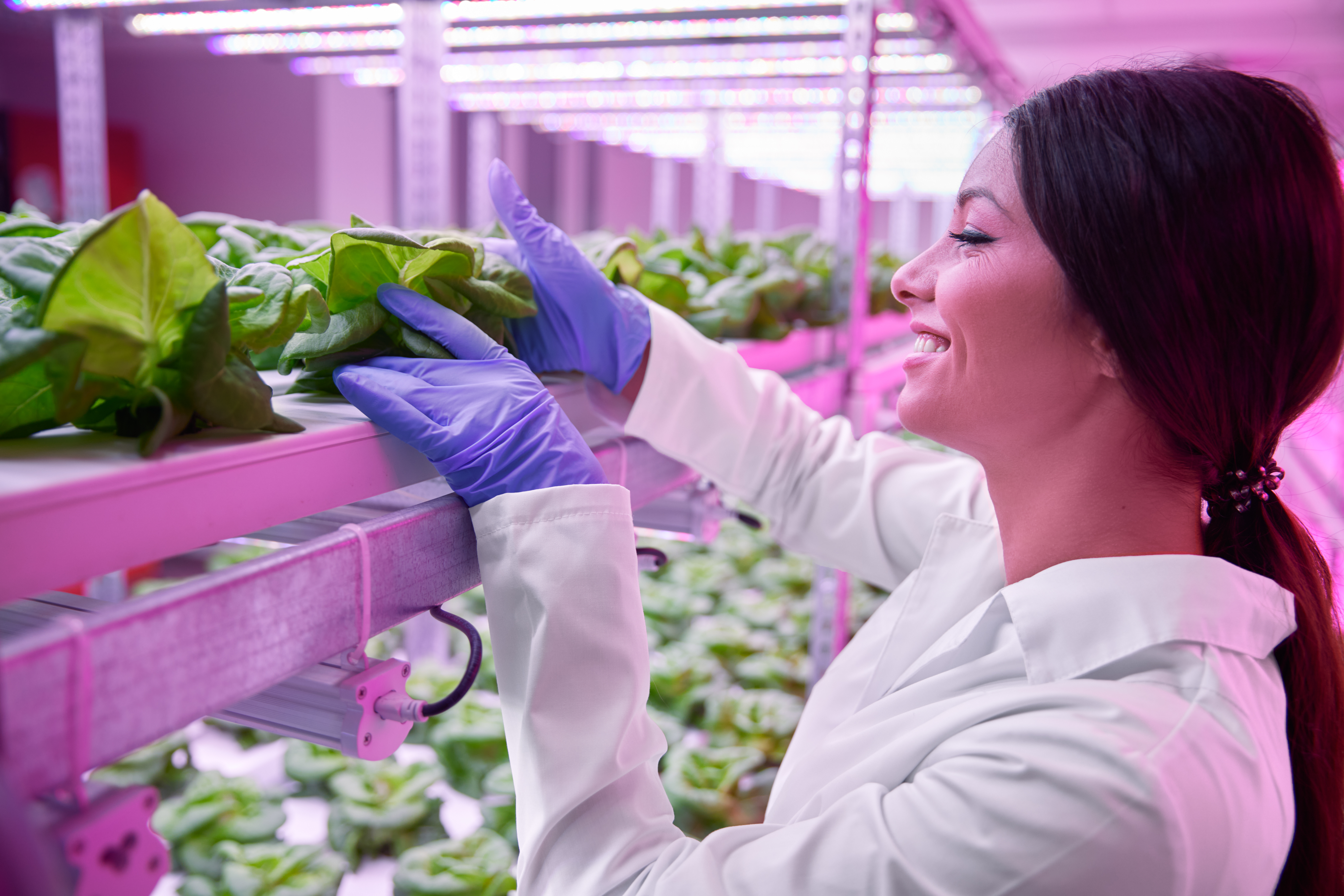
Advancements in technology offer promising solutions for mitigating the impacts of environmental toxins. Innovative approaches, such as bioremediation and advanced filtration systems, are being developed to clean up contaminated environments. Biodegradable alternatives to conventional plastics are gaining traction, reducing the burden of microplastic pollution. Additionally, the use of technology in monitoring and tracking pollution enables more effective management and response strategies. While technology cannot replace the need for prevention, it plays a crucial role in addressing existing challenges and paving the way for a healthier future.
10. Community Engagement and Education

Community involvement and education are essential components of addressing environmental toxins. Grassroots movements and local initiatives can drive meaningful change by raising awareness and advocating for healthier practices. Educational programs that focus on the sources and impacts of toxins empower individuals to make informed choices and reduce their environmental footprint. Community-based monitoring and citizen science projects also contribute to data collection and increase public understanding of environmental issues. By fostering a sense of responsibility and stewardship, communities can play a pivotal role in protecting both human health and the environment.
11. The Economic Dimension: Costs and Opportunities

The economic impacts of environmental toxins are significant, affecting healthcare costs, productivity, and ecosystem services. The burden of disease and disability linked to toxin exposure places a strain on healthcare systems and reduces economic productivity. However, addressing environmental toxins also presents economic opportunities. The growing demand for green technologies and sustainable products drives innovation and creates new markets. Investing in pollution prevention and clean technologies can lead to long-term economic benefits, reducing costs associated with health care and environmental remediation. By recognizing the economic dimension, policymakers can align environmental health goals with economic development.
12. Global Perspectives: A Shared Responsibility
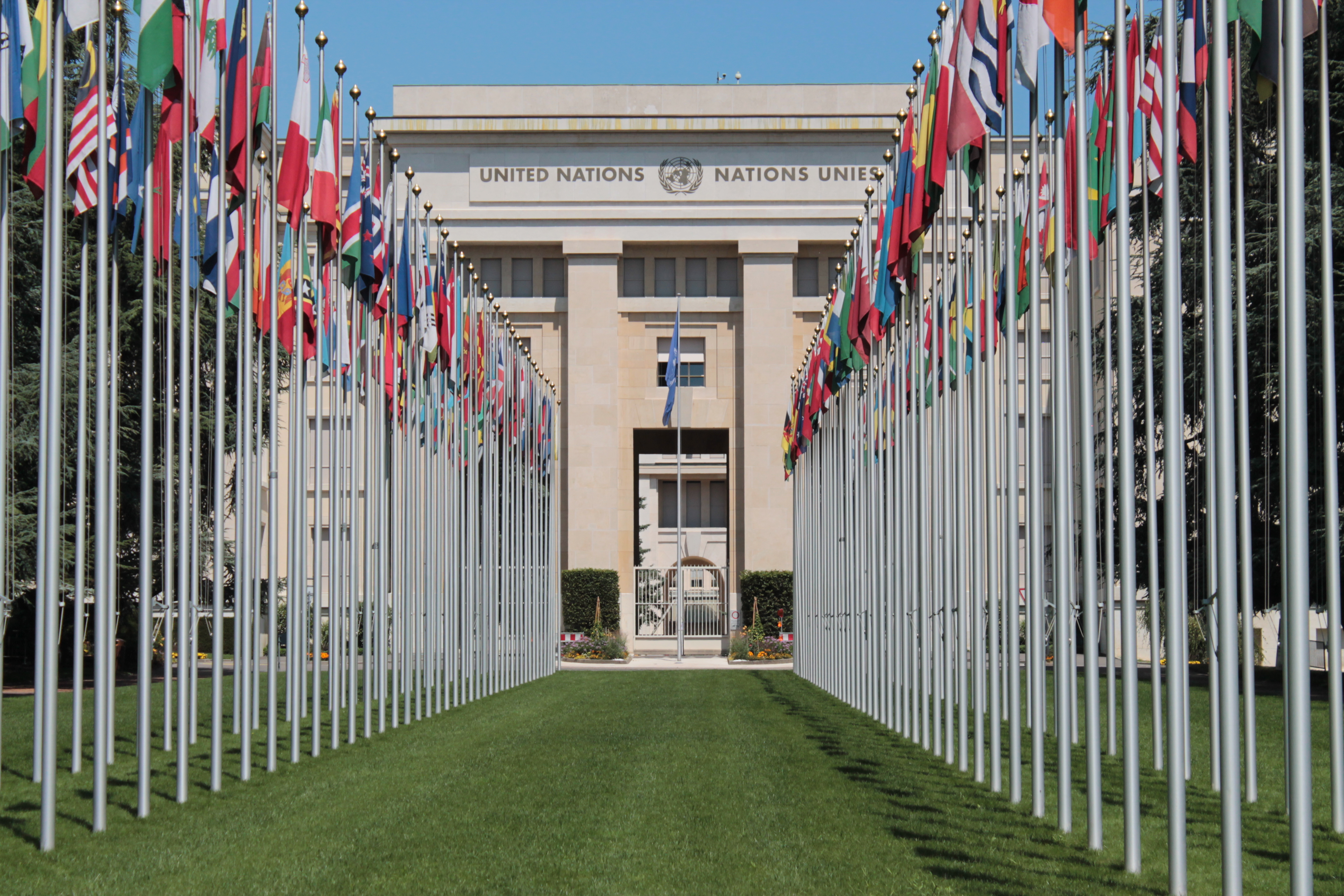
Environmental toxins are a global issue, transcending national borders and requiring international cooperation. The interconnectedness of ecosystems means that pollution in one region can have far-reaching impacts. Global initiatives, such as the United Nations Environment Programme, play a crucial role in coordinating efforts to address environmental challenges. Sharing knowledge, resources, and technologies among nations can enhance the effectiveness of interventions and promote sustainable development. By embracing a global perspective, countries can work together to protect the planet and ensure a healthy future for all.
13. The Path Forward: Strategies for a Sustainable Future

Addressing the challenges posed by environmental toxins requires a multifaceted approach that combines prevention, innovation, and collaboration. Reducing the production and use of harmful substances is a critical first step, supported by stringent regulations and consumer awareness. Investing in research and technology can lead to effective solutions for pollution control and environmental restoration. Collaboration between governments, industries, and communities is essential for creating sustainable practices and policies. By prioritizing environmental health and adopting a proactive approach, we can mitigate the impacts of toxins and safeguard the well-being of future generations.
The astonishing impacts of environmental toxins underscore the urgent need for action and change. From microplastics to everyday chemicals, these substances pose significant risks to both human health and the ecosystem. By understanding their sources, pathways, and effects, we can better appreciate the complexity of the challenges we face. However, with awareness, innovation, and collaboration, we have the tools to address these challenges and create a healthier, more sustainable world. Embracing change and taking responsibility for our environment is not only necessary but also an opportunity to build a future where both people and the planet can thrive.